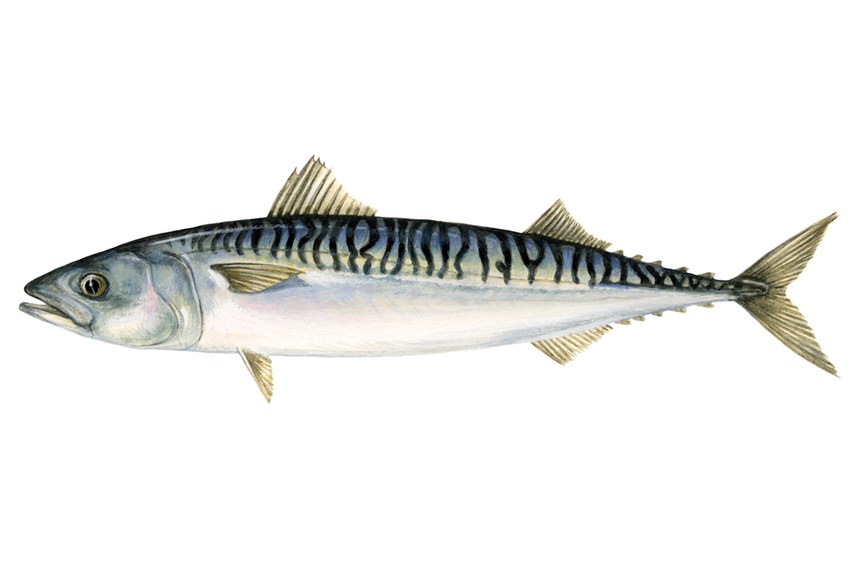Overview
Fisheries are composed of one or more parts, each of which is entitled to receive an MSC certificate. These parts or “units” are defined by their target stock(s), fishing gear type(s) and if relevant vessel type(s), and the fishing fleets or groups of vessels.
When the term “Unit of Certification” is used for fishing units that are in assessment, it refers to the “Unit of Assessment” or “Unit of potential certification”. Expand a status below to view the parts that form this fishery. To check the detailed scope, download the latest certificate or open the Assessments page to get the latest report. Find out more by visiting our page on Fisheries
Catch by Species
| Species | Reported Catch Year | Metric Tonnes |
|---|---|---|
| Atlantic mackerel (Scomber scombrus) | 2019 | 61,021 |
Information is provided by an independent Conformity Assessment Body as live weight (the weight of species at the time of catch, before processing) and where a fishing season covers multiple years, the end year is given as the reported catch year. Additional information is available in the latest report, see the assessments page.
Eligibility, client groups and vessel lists
A fishery may choose to define the members of the fishery certificate. These members can be vessels or other client group members (e.g. companies that own vessels and/or companies that are named as eligible to handle certified product covered within the fishery certificate scope). Please refer to the fishery certificate statement on additional product specific eligibility criteria (e.g. product eligibility limitations, eligibility date, exclusive points of landing and the point where Chain of Custody certificate is required). Please consult the fishery Public Certification Report for product eligibility rationale.
| Documents | Published on | Files |
|---|---|---|
| Vessel List | 30 Dec 2019 | 1 files |
About this Fishery
Mackerel (Scomber scombrus) image © Scandinavian Fishing Year Book
Mackerel is widely distributed in the Northeast Atlantic and plays an important role in the ecosystem, both as predator and prey. It feeds on zooplankton as well as larval and juvenile stages of small fish and molluscs. In turn it provides food for whales and larger fish.
Along with herring and blue whiting, mackerel is one of three important midwater species targeted by the Faroese Pelagic Organisation (FPO), who share their certificate with Felagið Ídnaðarskip (FIV). 11 boats and around 300 fishers in total fish with pelagic trawl and some purse seine nets. The catch is stored in refrigerated seawater on board before it’s processed for sale to Denmark, France, Poland, Russia and Romania.
Mackerel fishing in the Atlantic has faced difficulties in recent years, with changing migration patterns for the fish and quotas issues between fishing nations. In 2014, the EU, Norway and the Faroe Islands agreed a new tripartite agreement for 2014-2018. This sets a clear framework for sustainable mackerel fishing and cooperation between the states. The next milestone in this dialogue is to agree long-term quota allocations for Iceland and other countries.
Market Information
The fishery's main markets are Denmark, France, Poland, Russia and Romania.
